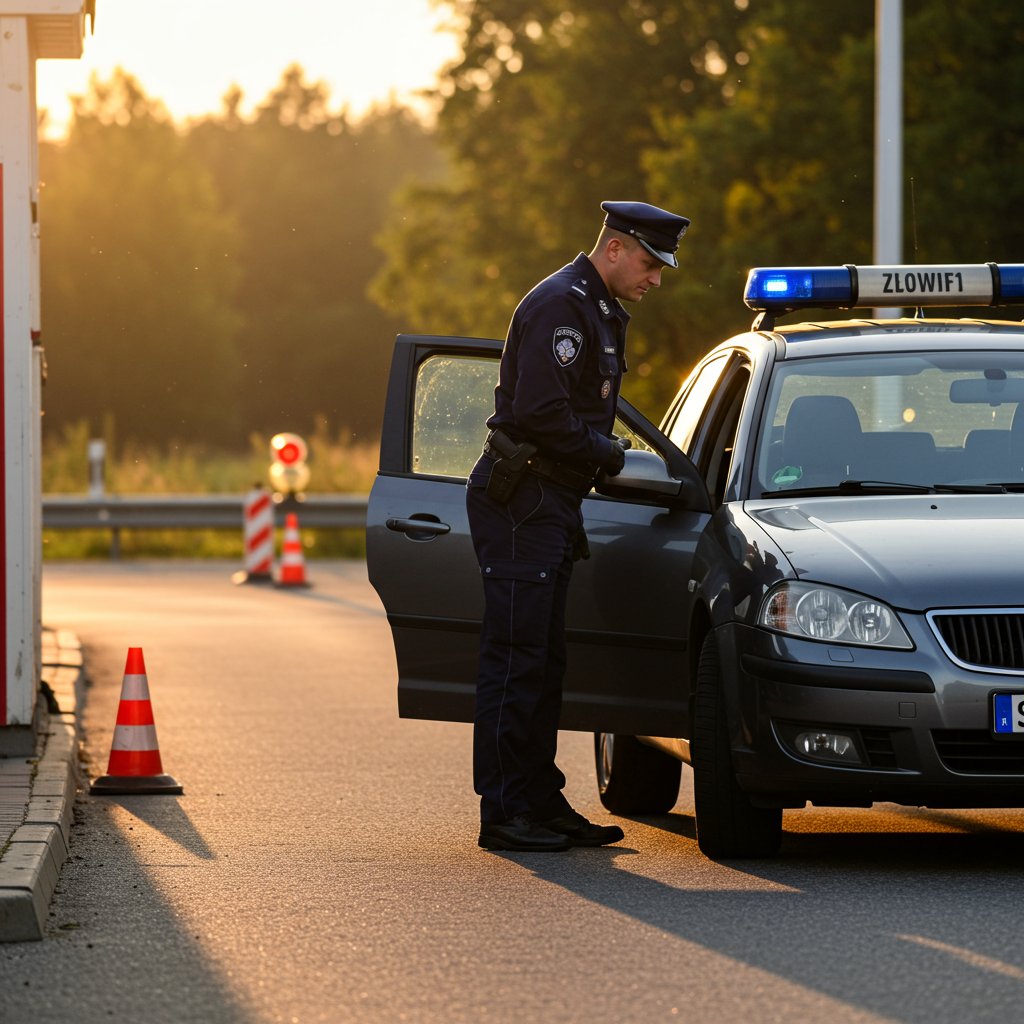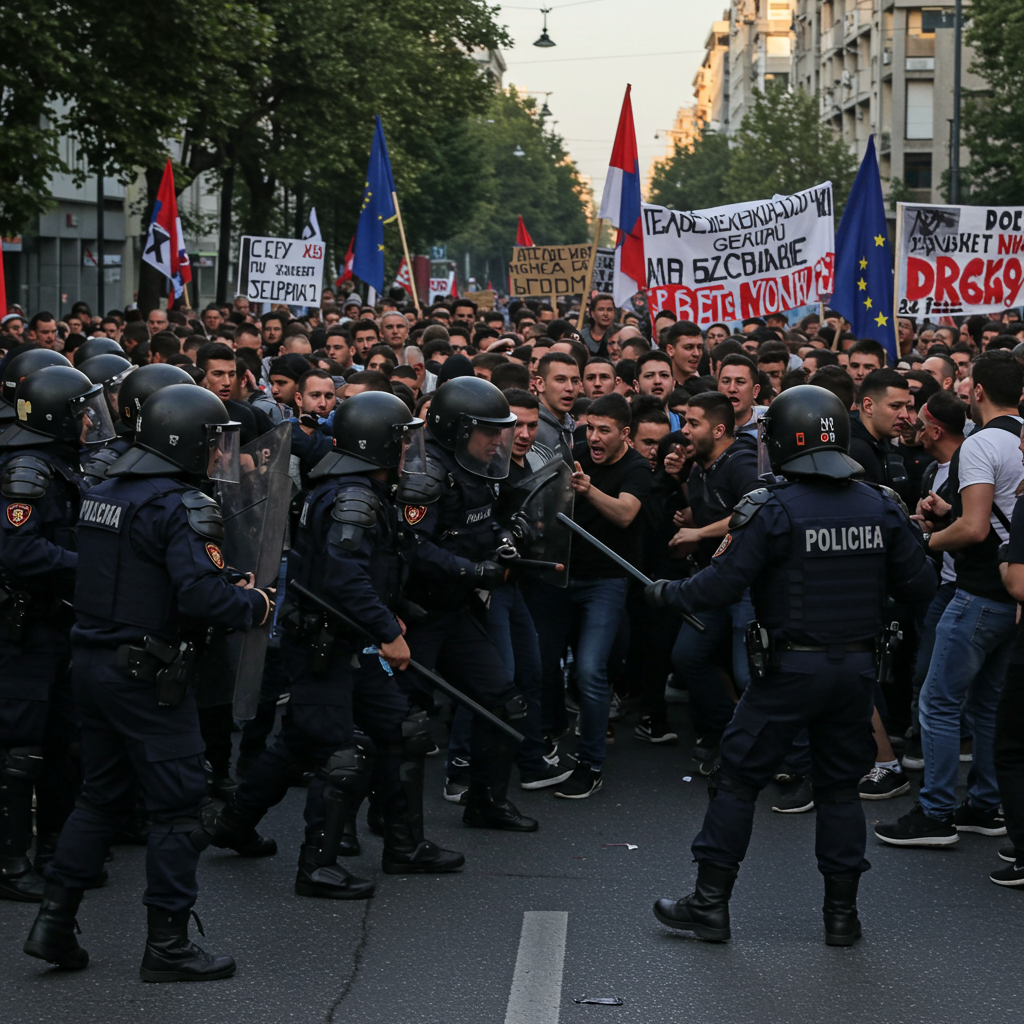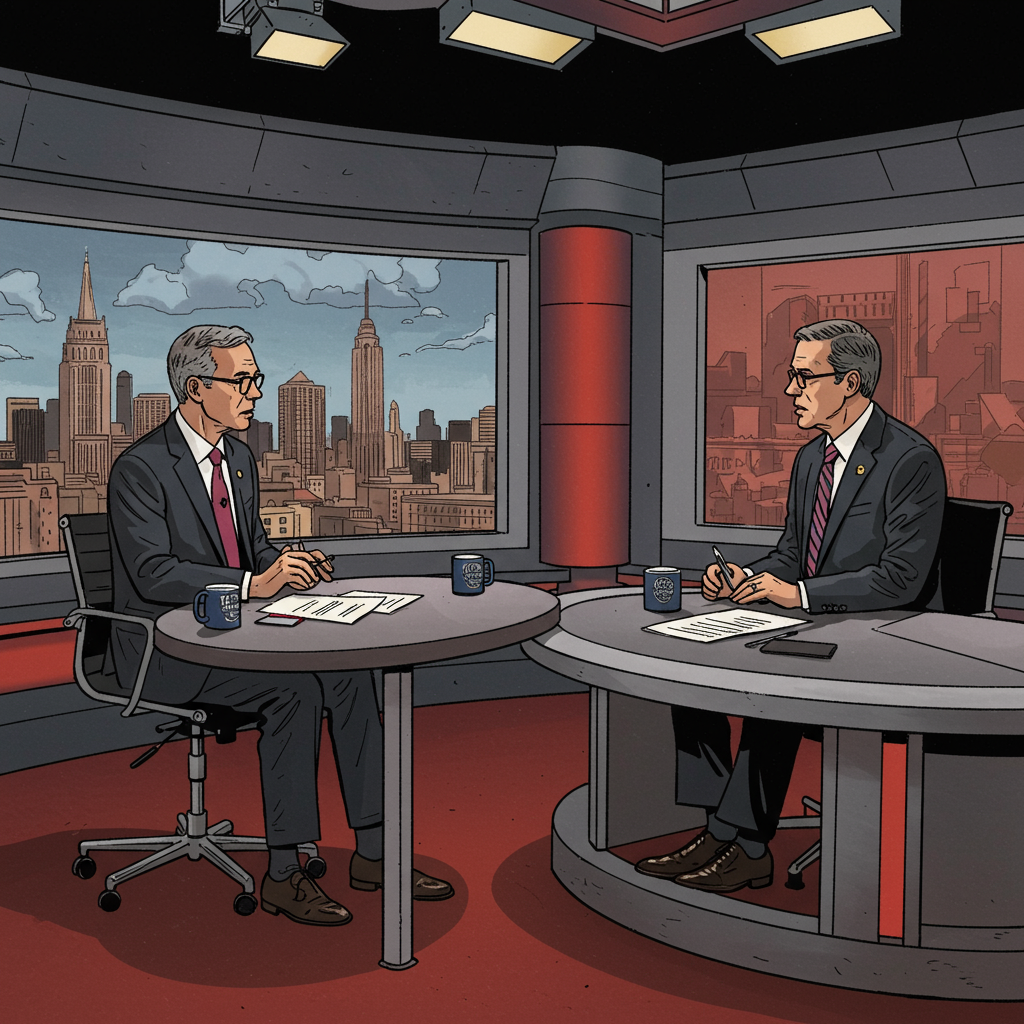Temporary border controls have begun along Poland’s frontier with germany and Lithuania. Polish authorities initiated these spot checks on Monday, July 7. The move comes amid heightened concerns about illegal immigration across the European Union. These new measures are initially scheduled to last until August 5. This development highlights the growing pressure on the EU’s visa-free Schengen zone principles, where internal borders are typically open.
Why Poland Imposed Border Checks
Poland’s decision to reintroduce border checks is primarily aimed at combating what officials term “illegal immigration.” Polish Interior Minister Tomasz Siemoniak stated the controls are necessary to curb irregular migrant crossings. He emphasized that the checks would not hinder Polish or other EU nationals. The focus is specifically on vehicles deemed more likely to be used for migrant smuggling. These include buses, minibuses, cars carrying many passengers, and vehicles with tinted windows.
Minister Siemoniak provided immediate justification for the checks, citing a specific incident. Shortly after the new controls began on Sunday night, Polish border guards near the Lithuanian border arrested an Estonian man. This individual was allegedly attempting to transport Afghan migrants into Poland. Siemoniak presented this arrest as clear “proof that these checks are necessary.” Authorities have reportedly detained individuals attempting irregular entry shortly after controls started.
Responding to German Border Policy
Poland’s action follows stricter border controls already implemented by Germany. Germany has been conducting spot checks on its border with Poland since October 2023. These checks were notably stepped up since May 2025 under Chancellor Friedrich Merz’s government. This German approach has led to accusations from some Polish politicians that Berlin is overwhelming Poland by turning back asylum seekers.
Since May 8, German officials have refused entry to approximately 1,300 people at the Polish border. Around one in ten of these cases involved an asylum request. Polish Minister Siemoniak linked Poland’s checks directly to Germany’s policy. He stated that “if Germany lifts its controls, we are not going to delay either.” This suggests Poland’s measures are partly a reciprocal action or a response to the changing situation at the shared border.
Strain on the Schengen Area
The reintroduction of internal border controls by EU member states like Poland and Germany places considerable strain on the Schengen Area. This zone is designed to allow free movement without internal border checks. While EU rules permit temporary measures as a “last resort” in “exceptional situations,” frequent reintroductions challenge the core principle. This situation reflects the broader difficulties the EU faces in managing migration flows across its external and internal borders.
Polish Prime Minister Donald Tusk framed Poland’s checks as a service to other EU members. Speaking alongside the Dutch Prime Minister, Tusk said, “We’re doing this for you as well. For the Germans, the Dutch, for the French… because this is the European Union border.” He referenced the EU’s eastern border with Belarus. Belarus has been accused of facilitating migrant crossings to destabilize the EU bloc. Tusk’s statement positions Poland’s actions as protecting the wider EU frontier.
Germany’s Perspective and EU Cooperation
German officials have acknowledged the shared interest in controlling irregular migration. Stefan Kornelius, spokesman for Chancellor Merz, noted that protecting borders is an interest Germany, Poland, and other European neighbors share. However, he added that Germany’s goal is not permanent border controls. This suggests a desire for a return to normal Schengen functioning when conditions allow.
German Foreign Minister Johann Wadephul also commented on the situation. Speaking during a visit to the Czech Republic, Wadephul defended Germany’s approach to migration. He stressed the need for an EU-wide solution to irregular migration, asserting that it “affects us all.” Czech Foreign Minister Jan Lipavsky indicated that Prague and Berlin have “significant convergence” on their views toward migration issues. This suggests potential for broader cooperation on the issue, even as individual states take national measures.
How the Border Checks Are Implemented
Polish authorities are conducting spot checks at numerous points along the borders. There are 52 designated border crossings with Germany and 13 with Lithuania where these random checks can occur. On the first day, random checks were carried out involving a significant deployment of personnel. Reports indicate approximately 800 border guards, 300 police officers, 200 military police, and 500 members of volunteer homeland security organizations were involved across the two borders.
The checks target specific vehicle types but are not absolute barriers. Officials are focusing on buses, minibuses, cars with multiple passengers, and vehicles with tinted windows. While lorries were reportedly not initially checked, and Polish-plated cars between certain border towns were often waved through, cars with German plates were briefly stopped. Pedestrians faced more regular checks. No physical barriers are being erected at the checkpoints. Instead, signs instruct traffic to slow down, and lanes are narrowed. Officers check driver and passenger documents and inspect vehicle boots. Travelers crossing the border are expected to carry identification.
Potential Impact and Concerns
The reintroduction of border checks, even temporary ones, raises concerns about disruption. German business associations, such as the German Chamber of Industry and Commerce (DIHK), have voiced worries. They report “worrying feedback” about potential disruptions for cross-border commuters. There is concern that delays could cause workers to seek permanent employment elsewhere, worsening skilled worker shortages in border regions.
Residents living near the border also express mixed feelings. Some see the return of checks as “very sad” after years of open borders. They predict disruptions to both social and economic life. Local business owners in Poland who rely heavily on German customers, like hairdressers and tobacco shops, fear a drop in revenue due to potential traffic jams and fewer crossings. One vendor noted that 90% of her customers are German and anticipates reduced business. However, this same vendor also stated that the checks are “very much needed” for migration control, prioritizing security over trade. Another local owner reported a 20% revenue drop already experienced after Germany imposed its checks, calling the new Polish checks “unnecessary.” The German police union head cautioned against a “ping-pong game” where asylum seekers are repeatedly sent back and forth, advocating for a “workable procedure.”
Political Landscape and Migration
The decision to implement checks is also influenced by domestic politics. Rising anti-migrant sentiment exists in both Poland and Germany. The issue has become politically charged in Poland, particularly following a recent presidential election. The current Polish government, led by Prime Minister Donald Tusk, appears to be adopting a tougher stance on immigration. This seems partly intended to counter nationalist and far-right rivals. These rivals accuse Tusk’s government of being too lenient and allowing Germany to send migrants back to Poland. This political pressure adds another layer to the policy decisions being made at the border.
Frequently Asked Questions
Why did Poland start temporary border checks with Germany?
Poland introduced temporary border checks primarily to combat “illegal immigration,” according to Interior Minister Tomasz Siemoniak. The Polish government believes these checks are necessary to curb migrant smuggling and irregular crossings, particularly on its borders with Germany and Lithuania. The move also comes in response to Germany’s recent stepping up of its own border controls aimed at stopping irregular migration. Polish officials have cited incidents of migrant smuggling attempts as evidence of the necessity of these checks.
How might Poland’s border checks affect travel between Germany and Poland?
The spot checks, implemented at 52 crossings with Germany and 13 with Lithuania, could cause delays for travelers. While Polish authorities aim to minimize disruption, especially for local commuters, inspections of documents and vehicle interiors may slow traffic. Specific vehicles like buses, minibuses, and cars with many passengers or tinted windows face increased scrutiny. Travelers should be prepared for potential wait times and ensure they carry necessary identification documents when crossing the border.
How long will Poland’s border checks with Germany and Lithuania last?
The temporary border checks began on Monday, July 7, and are initially scheduled to run until August 5. Polish officials have stated that this is the initial period for the controls. The duration could potentially be extended depending on the situation and policies of neighboring countries, particularly Germany. Polish Interior Minister Tomasz Siemoniak indicated that the checks could be lifted if Germany removes its stricter controls.
Conclusion
Poland’s decision to reinstate temporary border checks with Germany and Lithuania underscores the significant pressures currently facing the European Union regarding migration. While Polish authorities frame the move as a necessary step to combat illegal immigration and protect the EU’s external border, it also represents a direct response to Germany’s intensified controls. The measure, even if temporary, challenges the fundamental principle of free movement within the Schengen Area. The situation highlights the complex interplay between national security concerns, EU ideals, and domestic political pressures. Border residents and businesses face potential disruptions, while EU officials call for coordinated, bloc-wide solutions. How long these checks persist and their ultimate impact on the Schengen system remain key questions as Europe navigates ongoing migration challenges.



